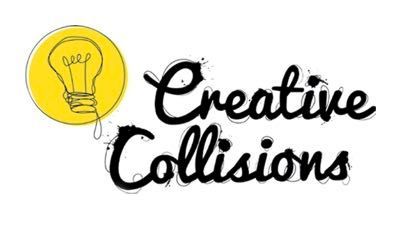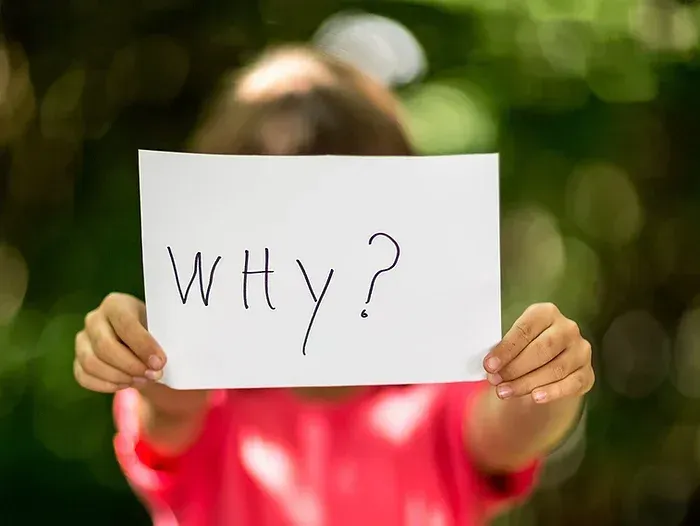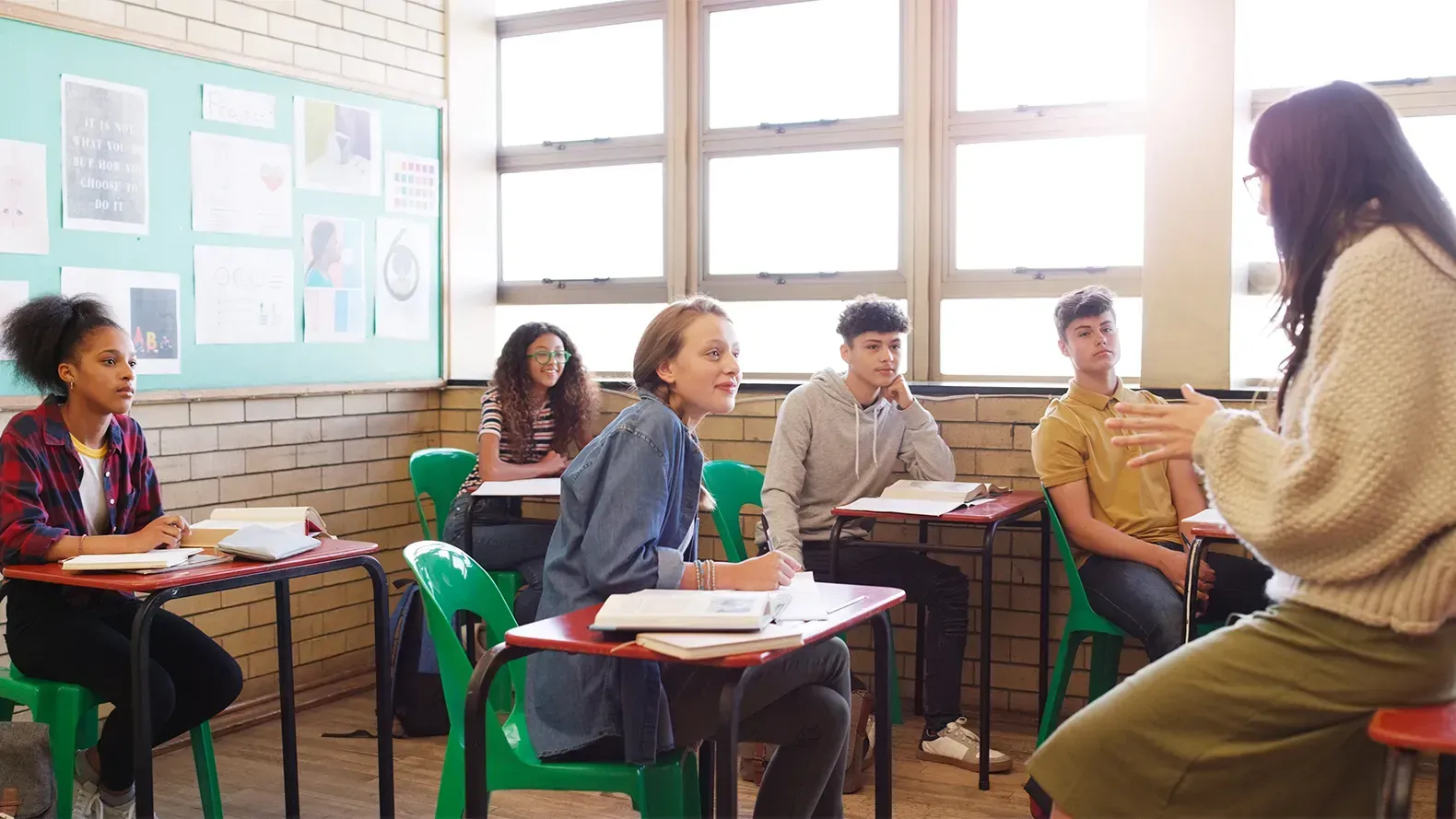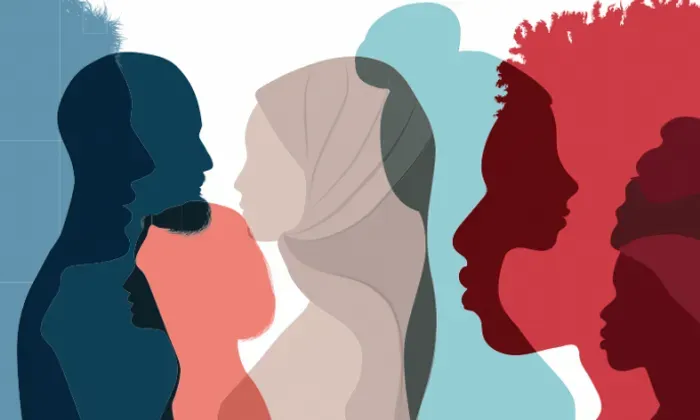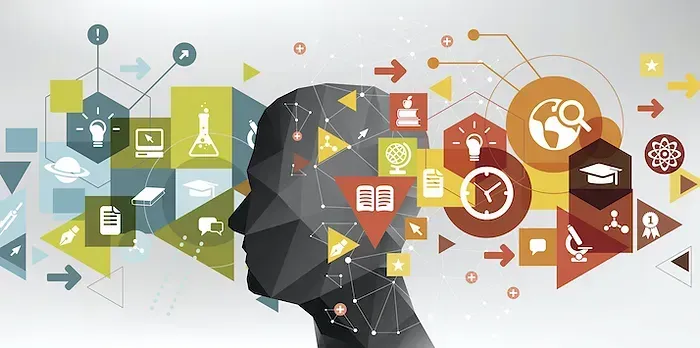Why Knowledge of Students is Important for Effective Teaching
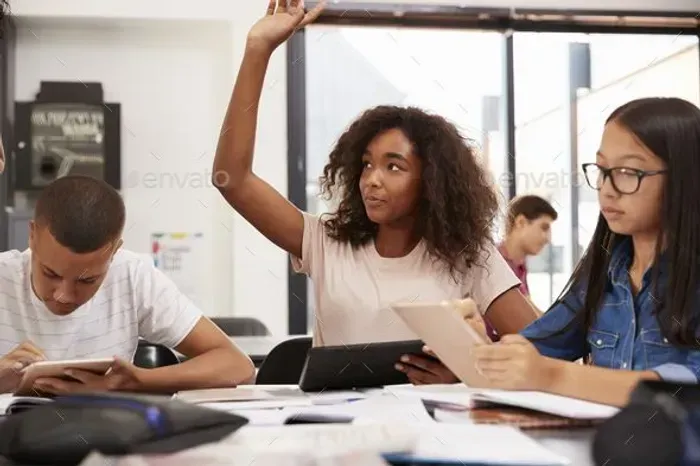
An effective teacher must master the professional skills necessary to deliver a high-quality 21st-century education to their students. In this blog post, I will discuss the importance of knowing the students we teach.
One of the cardinal rules of effective teaching is to "know your students." This is because a deep understanding of the individuals we teach is essential to forming positive relationships. According to William Powell and Ochan Kusuma-Powell in their book, How to Teach Now: Five Keys to Personalized Learning in the Global Classroom, point out that building positive relationships with students can do the following: create a psychologically safe environment for every learner; determine each student's readiness for learning; identify multiple access points to the curriculum to increase engagement and success and develop and demonstrate greater emotional intelligence in the classroom. Since the average teacher spends over 1,000 hours with their students in a typical school year, the relationship between teachers and their students is highly consequential.
Developing strong relationships with learners can help teachers build a classroom climate based on trust and mutual respect. This is true of relationships between the teacher and their students and between students and their peers. This psychologically safe atmosphere will allow students to take intellectual risks by removing obstacles such as fear of chastisement or failure. And while there are criticisms of Maslow's hierarchy in that it is based more upon philosophy than scientific evidence, research indicates that strong teacher relationships are associated with short-term and long-term educational growth. This can be seen in student engagement, attendance, higher grades, fewer disruptive behaviors, and lower school dropout rates. Healthy relationships are beneficial to teachers as well. A study from the European Journal of Psychology of Education found that when teachers have strong relationships with their students, they tend to be happier and experience less stress and anxiety in the classroom.
Understanding adolescent development is a critical component of the knowledge of students. Effective teachers understand that adolescence is a time of profound change and presents many challenges to the teacher, learner, and the learning environment. Research indicates that unlike adults who cogitate using the brain's rational part called the prefrontal cortex, teens process information with their amygdala. The amygdala, or "lizard brain," is where emotions are generated. The teenage brain is not fully developed until around twenty-five, when connections between the prefrontal cortex and the amygdala are fully formed. This is why teenagers can be overly emotional and irrational leading to impulsive decisions and behavior. Effective teachers consider their students' developmental needs as they plan and implement learning activities that support their socio-emotional growth. As a child-rearing expert, Dr. Ron Taffel points out, "Even as kids reach adolescence, they need more than ever for us to watch over them. Adolescence is not about letting go. It's about hanging on during a very bumpy ride." Adolescence is about self-discovery and forgoing an individual identity while cultivating membership in various social groups. Teens are trying to make sense of the world and their place in it. They are exploring notions of fairness and justice and should be given opportunities to confront these issues in a supportive and safe environment. They are in pursuit of autonomy, and many will test the limits of authority at home and school.
There are brain-based teaching strategies that teachers should use with adolescents. This is important because teens are not little adults, nor are they children. Teachers must engage teens in developmentally appropriate learning strategies specifically designed to address their unique needs. For example, teachers should give simple and straightforward directions and explanations while using multiple models of instruction. Because every student is unique and differs in how they perceive and comprehend information, teachers should provide students with multiple representations to communicate content. Additionally, teachers should help students develop competence in their discipline. Adolescence is an awkward time in which students do not want to feel incompetent or that people are judging them. Teachers can help students develop competence by knowing their students’ strengths and weaknesses and help struggling students by offering extra help or tutoring. Teachers should try to incorporate decision-making into their curriculum as much as possible. Teenagers’ brains are rapidly developing in adolescence, and as a result, their decision-making processes are often flawed. Teachers should help their students evaluate potential solutions and think through consequences. An excellent teaching approach that allows students to think through various decisions and points of view are roleplaying and simulations. For example, in a U.S. history class, students could recreate the constitutional convention and debate the important issues of 1787 including slavery, representation, and federalism. Or students could put Harry Truman on trial for his decision to drop the atomic bomb on Hiroshima and Nagasaki. The possibilities are limitless. And roleplay and simulations are an excellent opportunity for students to examine issues from various points of view and consider the pros and cons of historical decisions. A word of caution, however. Be sure that roleplays and simulations don’t expose students to unnecessary trauma by engaging in activities that are hurtful or insensitive, especially for students of color.
Students in most schools are grouped into grades by age and not ability. Unfortunately, this process overlooks the fact that students develop and mature at different rates. That is why teachers must provide sufficient supports for developing learners to reach higher levels of understanding. The Zone of Proximal Development (ZPD), first postulated by Russian psychologist Lev Vygotsky, suggests that there are things a learner can do without assistance, and there are things that a learner can do with help from a more knowledgeable person. When students are in the ZPD, they are provided scaffolding or learning support from the teacher or more knowledgeable peer to help them accomplish a task they could not do independently. ZPD is one of the reasons that collaborative learning is so effective, especially when learners of mixed abilities are grouped together. Further, collaborative learning supports socio-emotional learning by developing self-awareness, self-management, responsible decision making, social awareness, and relational skills. All of which are critical skills as students grow and mature.
Knowledge of students can also mean understanding students' unique skills to include their strengths and weaknesses. Research conducted by the Center for Education Policy and Analysis at Stanford University reveals that knowledge of individual students' skills or KISS is an effective way to increase student achievement for all learners. Teachers who differentiate and target their instruction to meet their students' unique needs have higher academic gains. According to Carol Ann Tomlinson, author, speaker, and differentiated instruction expert, "differentiation is simply a teacher attending to the learning needs of a particular student or small groups of students, rather than teaching a class as though all individuals in it were basically alike."
Thank you for taking the time to read this blog post. Please feel free to share with others who might find value in its content. Please consider subscribing so that you do not miss future posts and content. Have a great day.





